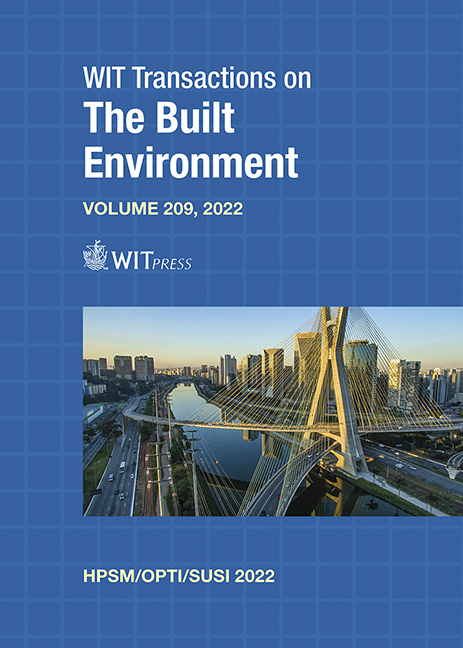ENGINEERING APPROACH TO CALIBRATE A CONCRETE MODEL FOR HIGH SPEED IMPACT APPLICATIONS
Price
Free (open access)
Transaction
Volume
209
Pages
11
Page Range
115 - 125
Published
2022
Paper DOI
10.2495/HPSU220111
Copyright
Author(s)
HAKIM ABDULHAMID, PAUL DECONINCK, JÉRÔME MESPOULET
Abstract
This paper describes a study on the mechanical response of concrete under high-velocity impact. It encompasses both experiments and numerical simulations. The aim is to validate an approach for building a concrete numerical model sufficiently robust and accessible to be used for designing civil or defense infrastructures. A conventional concrete (35 MPa compressive strength) has been chosen to apply the method. Experimental tests are conducted to characterize the material in compression and to measure its residual strength during compaction. Impact tests of a kinetic energy projectile (KEP) with an ogive shape nose are also conducted at velocities ranging from 200 to 900 m/s to reproduce both subsonic and supersonic impact conditions. The effect of the concrete confinement is investigated by varying the thickness of a metal jacket surrounding the impacted specimen. Regarding the numerical model, a Holmquist–Johnson–Cook (HJC) for concrete has been calibrated from the measured data. Simulations of the impact perforation are conducted with the
Keywords
concrete, KEP, impact, HJC, γ-SPH





